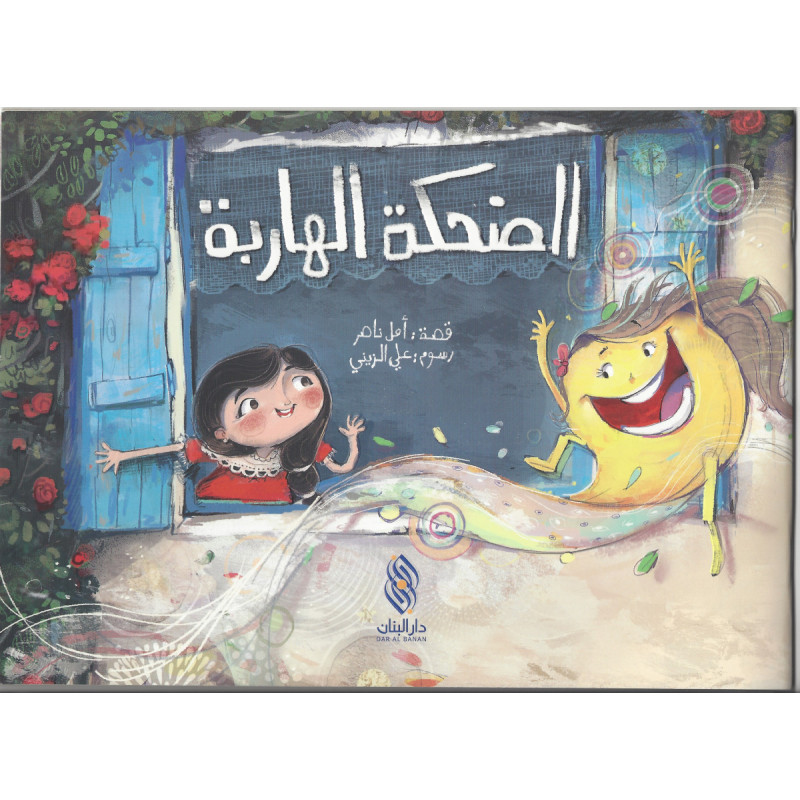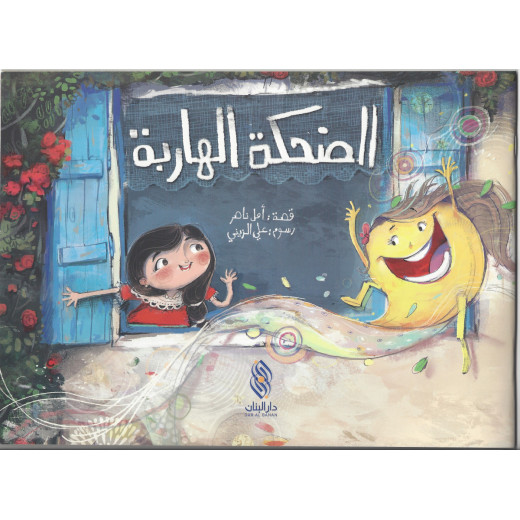See all products from Dar Al Banan
Dar Al banan Story: the runaway laugh
8
00
JOD
Taxes included
Earn 80


Recommended Age: 9+ Years
Read full description
Description
Spontaneous laughter is transmitted from one person to another, causing problems, and when the city judge is upset, he decides to open a court session...
The story idea is beautiful and its execution is often fun. Amal Nasser's text is interesting, and it reminds of all real cases in which someone starts laughing, followed by a second and a third without understanding the reason for the laughter, which is soon forgotten by everyone. The language is smooth and easy, without cost.
What is somewhat surprising in the course of the story are two traumatic events that could have been made less violent: when the tailor's needle sticks into the horse's neck and hurts him, and when the dog clips its fangs on the chicken and kills it. The two events pass without comment, for the horse forgets its pain when laughter falls on its neck, and the chicken continues the trial of its killer in cartoons as if it had not died. The idea of a needle sticking even pain into the neck of anyone, animal or human, is harmful and even very dangerous. The same applies to the dog's teeth on the chicken... especially since no one in the story, not even the narrator, paid any attention to the subject. The problem with that is that this indifference to the pain of the two animals, albeit in a fairy tale whose purpose is to entertain and laugh, would create in the child himself an indifference to the pain of the other.
The graphics are attractive, the colors are charming when the reader quickly scrolls through the book. But as soon as he begins to look into it, he notices that several parts of each drawing are repeated in other pages of the book, with some slight modifications, such as reversing the image or adding shadows or other things that help computers create to facilitate and speed up the artwork. But of course this comes at the expense of the richness of the visual book and respect for the intelligence of the child. We see the tailor, for example, on page 6 (and then later on page 31) back as he was on page 8, one hand on his mouth trying to control his laughter and another on the sewing machine, only the piece of cloth in his hands changes, so it looks as if a typo replaced part of it and added another. The same applies to the farmer and the judge, whose drawing is repeated between pages 14 and 17. As for the chicken that “perished” without dying, we see her sad and broken-hearted in the same four different places in the book. This is in addition to the last two pages of the book, which reproduce drawings from all over the pages for the end panel.
It's the small but essential details that would have made this elegantly produced book a wonderful story.
Product Code: 9786144550489
There are no reviews yet, be the first to share your opinion

